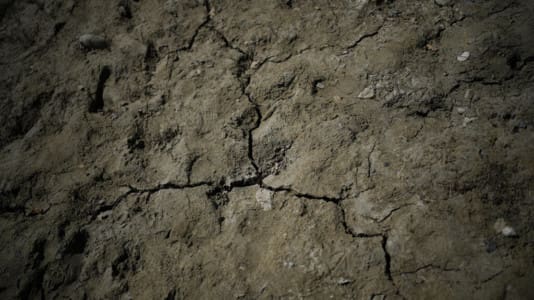Polish gas stores are now 99 percent full, according to the Gas Infrastructure Europe (GIE) organization. Unless a worst-case scenario occurs, Poland is in a stronger position than many of its regional peers to weather the expected winter energy crisis.
Currently, the country has 36,000 GWh in gas energy storage. Its peak in terms of daily consumption of gas during the winter last year was 911 GWh on Jan. 21, 2021.
This means that it would take just 40 days of such consumption to burn through the country’s current reserves. That may be the worst case scenario, but it is one that has to be factored in.
[pp id=43035]
The EU’s reserves are now 71 percent full. Polish storage capacity is full, but the reserves are not sufficient to guarantee total security. However, the scenario of Poland having to heat itself entirely from its reserves without any other source coming in is an apocalyptic one and very unlikely to arise. Poland has, after all, its own gas extraction resources, is importing LNG, and has Baltic Pipe supplies flowing through its pipeline.
The trouble with the Baltic Pipe supplies is that it will not reach full capacity until the beginning of 2023. And in the New Year, the full capacity is only realizable if Poland can secure open market supplies, which may not be easy to come by.
This is why the game is about securing LNG supplies through the Świnoujście terminal until the end of the year and maintaining reserves before winter really kicks in. If reserves fall markedly, the Baltic Pipe will not be able to make up for the shortfall in the event of a hard winter. This would be especially difficult should Poland have to assist one of its neighbors with their gas supplies.
Domestic suppliers are unlikely to suffer, as they have priority. It is businesses, especially industry, which may feel the pinch. While there may be no need to panic, vigilance and the conservation of resources is required in order for Poland to make it through the upcoming winter.






